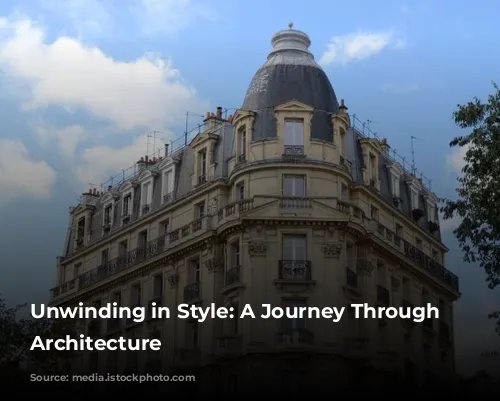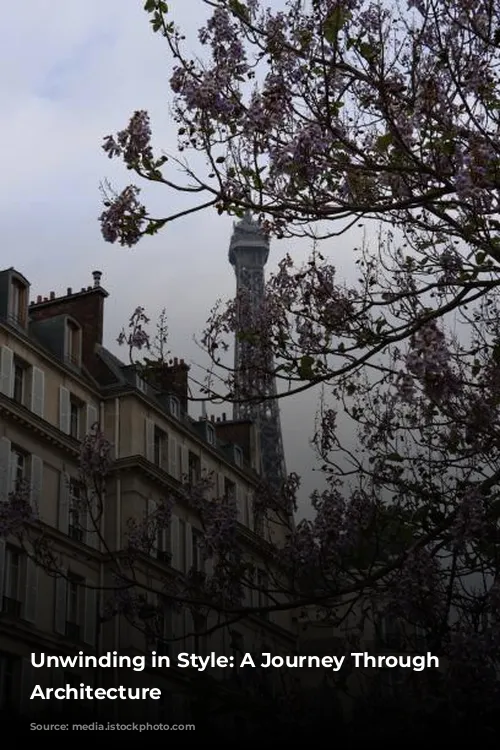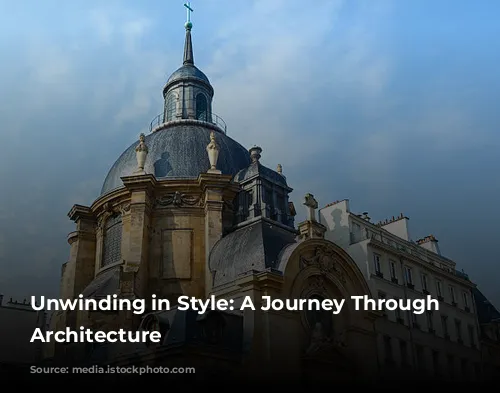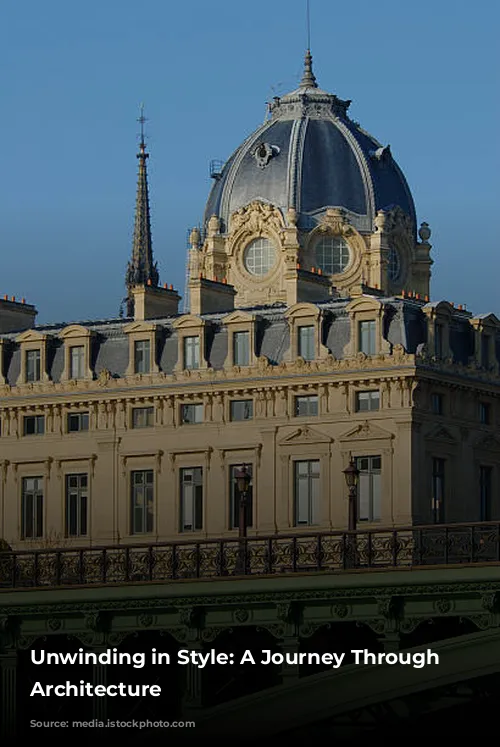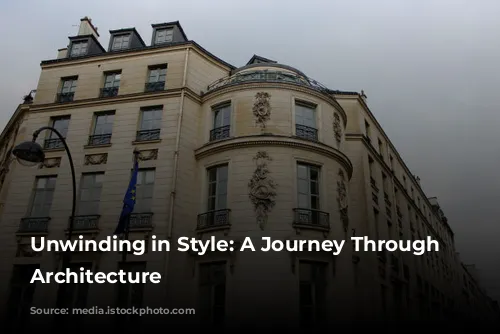Spa architecture is a captivating subject that blends the beauty of design with the pursuit of well-being. The term refers to buildings dedicated to relaxation, rejuvenation, and health treatments. While not a single architectural style, spa architecture encompasses a range of structures sharing the common function of promoting wellness.
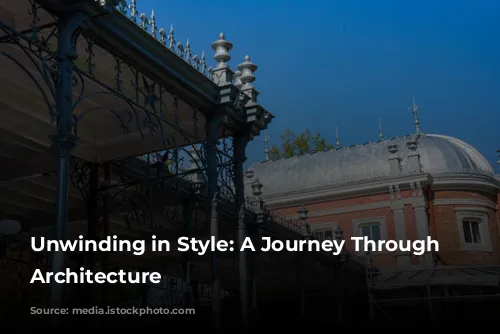
Ancient Roots and Medieval Rebirth
The origins of spa architecture can be traced back to classical antiquity. The healing power of hot springs was recognized by the Romans, who built elaborate thermae (bathhouses) throughout their empire. The grand Baths of Diocletian and Caracalla in Rome exemplified the scale and grandeur of Roman spa complexes. Even smaller, provincial spas, such as those at Baiae in the Bay of Naples, adopted the same functional design, although their scale was often dictated by the terrain.
While European spa culture flourished during antiquity, it waned during the Middle Ages. Large-scale bath complexes were largely absent, with the Crusaders bringing back Islamic spa culture from the Orient. However, the rise of the bourgeoisie during the 12th century saw the construction of public baths, though these lacked unique architectural expression, resembling typical townhouses. The flourishing of public bathing culture during this period ultimately ended with the Thirty Years’ War.
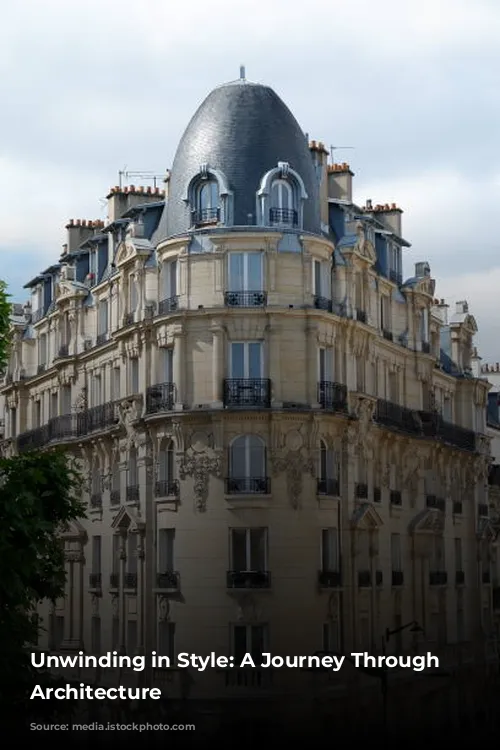
The Renaissance of Spa Culture
The 15th and 16th centuries witnessed a resurgence of spa culture across Europe. This revival, fueled by the pursuit of health and well-being, became a significant economic driver. By the 17th century, the focus shifted from bathing to drinking spa waters, a trend that significantly influenced the development of spa architecture.
Spa towns lacking the resources for grand architectural projects resorted to simpler immersion bath facilities – known as Armenbäder (poor baths) and Bauernbäder (farmer baths). However, influential spa towns such as Baden-Baden and Wiesbaden felt the impact of this shift, as they struggled to maintain their prominence.
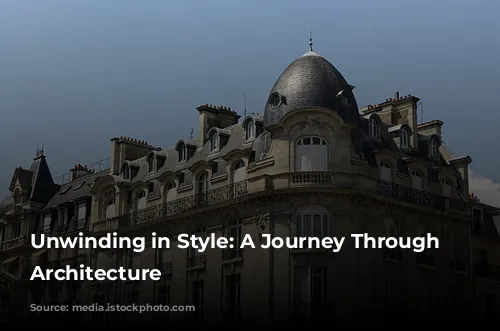
Baroque Elegance: The Rise of the Spa House
The Baroque era saw the emergence of aristocratic bathing facilities, known as Fürstenbädern, which were often integrated into castles. A notable example is the spa at Brückenau, Germany, built in the 18th century by Prince-Bishop Amand of Buseck. This spa complex featured a Kurhaus (spa house) perched on a terraced hill, connected to the town by a lime avenue and pavilion. This design was inspired by Château de Marly, Louis XIV’s lavish maison de plaisance.
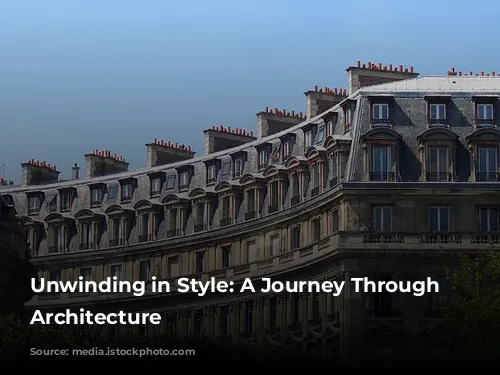
The 18th Century: Centers of Society
While smaller, princely baths contributed to the development of spa architecture, the 18th century saw Bath, England, and Aachen, Germany rise as prominent centers of spa culture. Their influence would be felt significantly in the 19th century. Aachen, in particular, recovered from the aftermath of the Thirty Years’ War under the guidance of François Blondel, a renowned spa doctor who promoted drinking the spa waters and contributed to the design of new spa facilities.
Aachen became a fashionable spa destination in Europe, attracting the elite and wealthy. The Neue Redoubt, built in the late 18th century, served as the heart of social life, foreshadowing the Kurhaus that would become a defining feature of 19th-century spa towns.
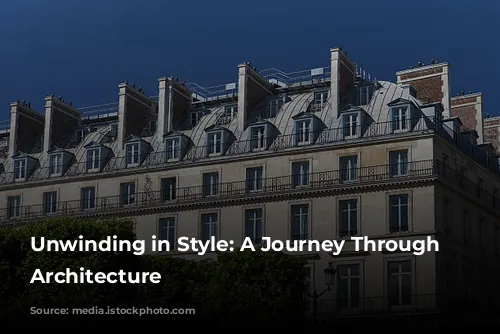
The 19th Century: Specialization and Grand Designs
The 19th century witnessed a specialization of spa architecture. Instead of housing all functions under one roof, spa towns adopted a more focused approach.
Kurhauses emerged as dedicated centers for social interaction. The Kurhaus of Baden-Baden, built in 1822-24, is a prime example, boasting a grand central hall, flanking pavilions for theater and restaurant, and galleries connecting the three structures.
Simultaneously, drinking halls (Trinkhallen) became prominent features. They offered spa guests access to thermal springs, housed within pavilions that expanded into gallery sections during the late 18th century. By the 19th century, drinking halls had become a distinct architectural typology.
The emergence of grand thermal baths followed the 1872 ban on gambling. Spa towns invested in these lavish facilities to maintain their appeal, with the Friedrichsbad in Baden-Baden being a prime example.

Transition into the 20th Century
The Wandelhalle (covered walkway) in Bad Kissingen, built in 1910/1911, marks a stylistic bridge between the 19th and 20th centuries. This grand structure, with its adjoining spring hall, reflects the evolving preferences of spa guests and the changing landscape of travel.
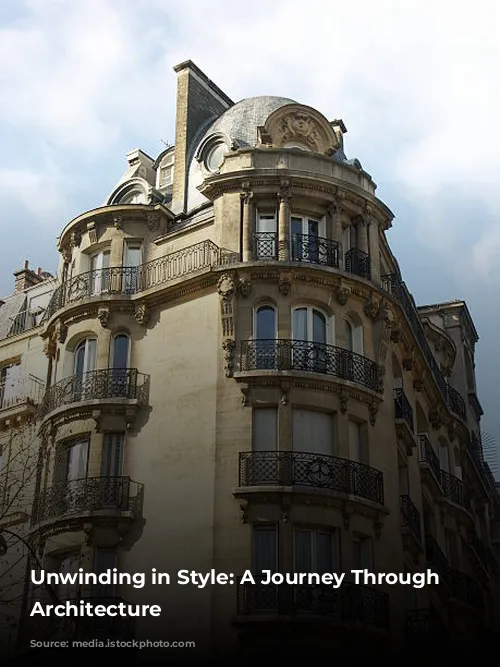
Modernity and Beyond
The 1930s saw the emergence of modern spa architecture, with the New Drinking Hall in Bad Wildbad being a prime example of New Objectivity. However, the influence of the Nazi regime’s neoclassical artistic concept prevented the widespread adoption of modern design in spa architecture.
After World War II, while some notable examples of modern spa architecture emerged, such as the Kurhaus in Badenweiler, there was no sustained revival of the traditional spa house, drinking hall, and bathhouse in their true forms.
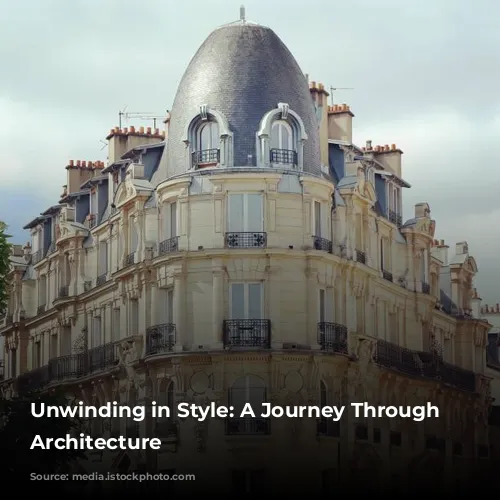
A Lasting Legacy of Wellness
Despite the evolution of spa architecture throughout history, its core purpose remains unchanged: to offer spaces for relaxation, rejuvenation, and health treatments. From the ancient thermae to the modern spa resorts, these structures stand as a testament to the enduring human desire for well-being and the power of architecture to create spaces that nurture both body and mind.
